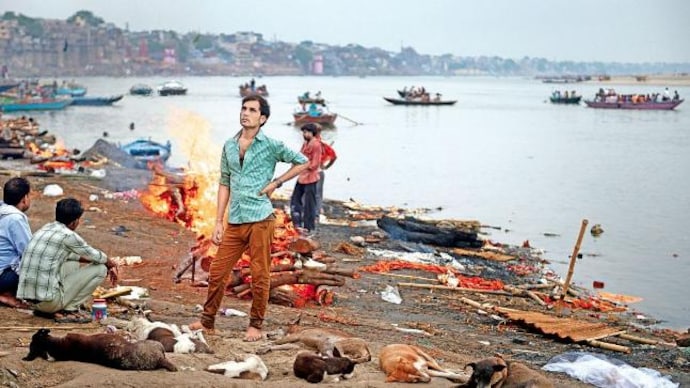Centre chalks out mega 10-city plan to clean Ganga, check sewage flow
Centre has identified the 10 cities, including Haridwar, Kanpur, Varanasi, Allahabad and Kolkata, which cause about 65% of the sewage pollution.

The Centre has drafted a plan to curb the flow of sewer water in the Ganga with installation of sewage treatment plants in 10 major cities.
These places, including Haridwar, Kanpur, Varanasi, Patna and Kolkata, contribute nearly 65 per cent of the total polluted water flowing in the river.
According to the ministry of river development and Ganga rejuvenation, an estimated 3,000 million litres of sewer water goes into the river every day.
An official of National Mission for Clean Ganga (NMCG), the nodal agency for executing Namami Gange programme, these sewage treatment plants (STPs) would ensure 100 per cent sewage treatment and would be a major step towards cleaning the river.
Officials said the projects have been put in the fast lane on instructions of water resources minister Nitin Gadkari who took charge of Ganga rejuvenation last year. Officials said the STPs would require at least three years to become fully functional.
On its way from the Himalayas to the Bay of Bengal, the river picks up the effluent from sugar refineries, distilleries, pulp and paper mills, and tanneries, apart from contaminated agricultural runoff from the rice bowl of northern India. A promise to clean the Ganga figured prominently in Prime Minister Narendra Modi's 2014 election campaign.
Soon after coming to power, he created a ministry for water resources, river development and Ganga rejuvenation. But the government's attempts so far have fallen woefully short. The ministry has identified 97 cities along River Ganga that play a huge role in the pollution and STPs in these cities are at various stages of implementation. At present only 1,580 million litres per day of sewage is treated while the remaining sewer water flows directly into the river.
"Under Namami Gange programme, Rs 11,500 crore will be spent on creating sewer treatment facilities. Of the 97 identified towns, interventions have been made in 58. In these 58 towns, about 89 projects have been taken up. These projects will create 1,525 MLD STP capacity," a senior official said.
He said in the remaining 39 towns, many old projects are already underway. Sewage from towns is one of the major pollutants for river Ganga.
It is under Namami Gange projects that a holistic approach was taken up and the projects were sanctioned keeping the sewage generation estimation of 2035. Over threequarters of the sewage generated in the towns and cities flows untreated into the 2,525-km-long Ganga, which is a water source for 400 million people, or 43 per cent of India's population.
Sources said these STPs will be set up under the hybrid-annuity model, under which the government pays 40 per cent of the project cost linked to construction milestones. The remaining 60 per cent is paid over 15 years as annuities to the private concessionaire along with operation and maintenance expense.
According to government officials, the water resources ministry is also planning to monetise sewage water polluting the Ganga by selling the treated water to power plants, industries and railways.
They said such mechanism has been adopted by Nagpur Municipal Corporation which sells treated sewage water to thermal power stations and has been getting Rs 18 crore as revenue.
The treated sewage water will also be used for cleaning rail coaches at railway stations in Kanpur and Varanasi, officials said.